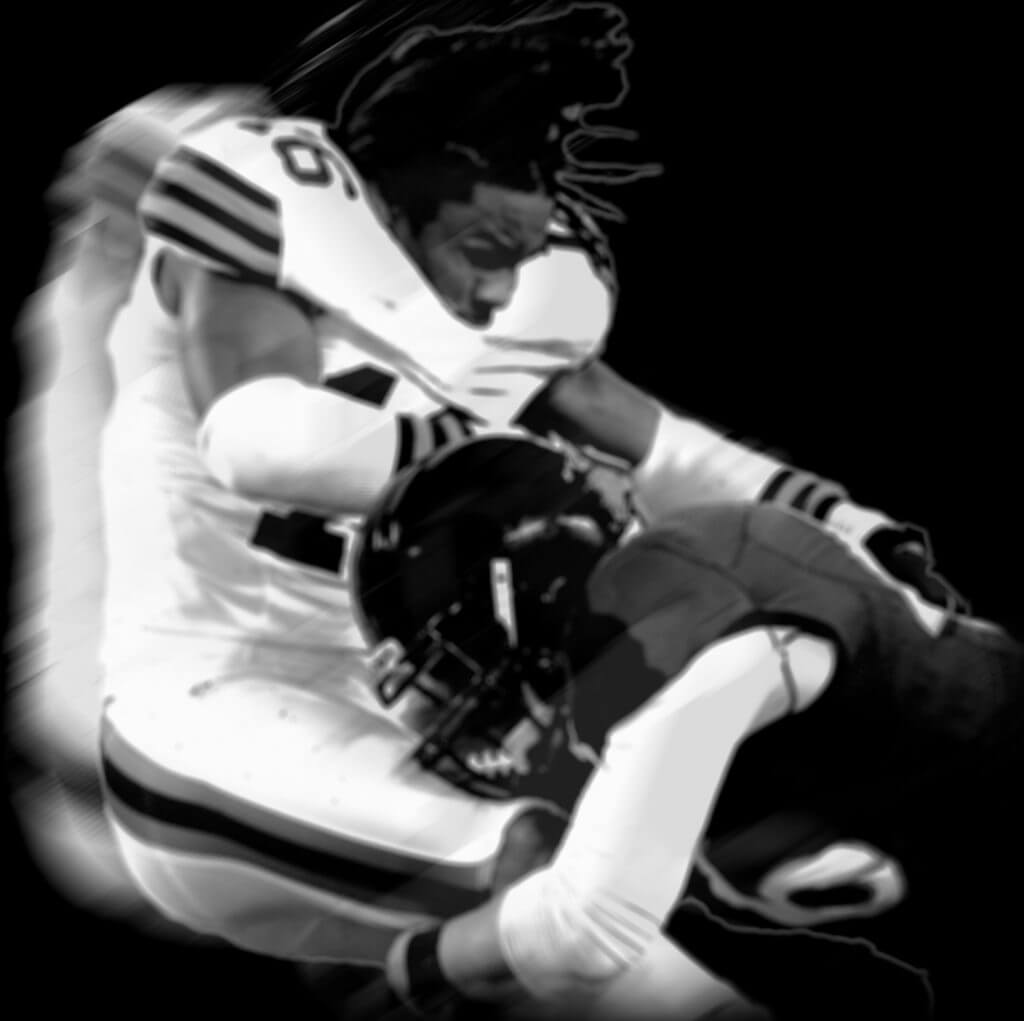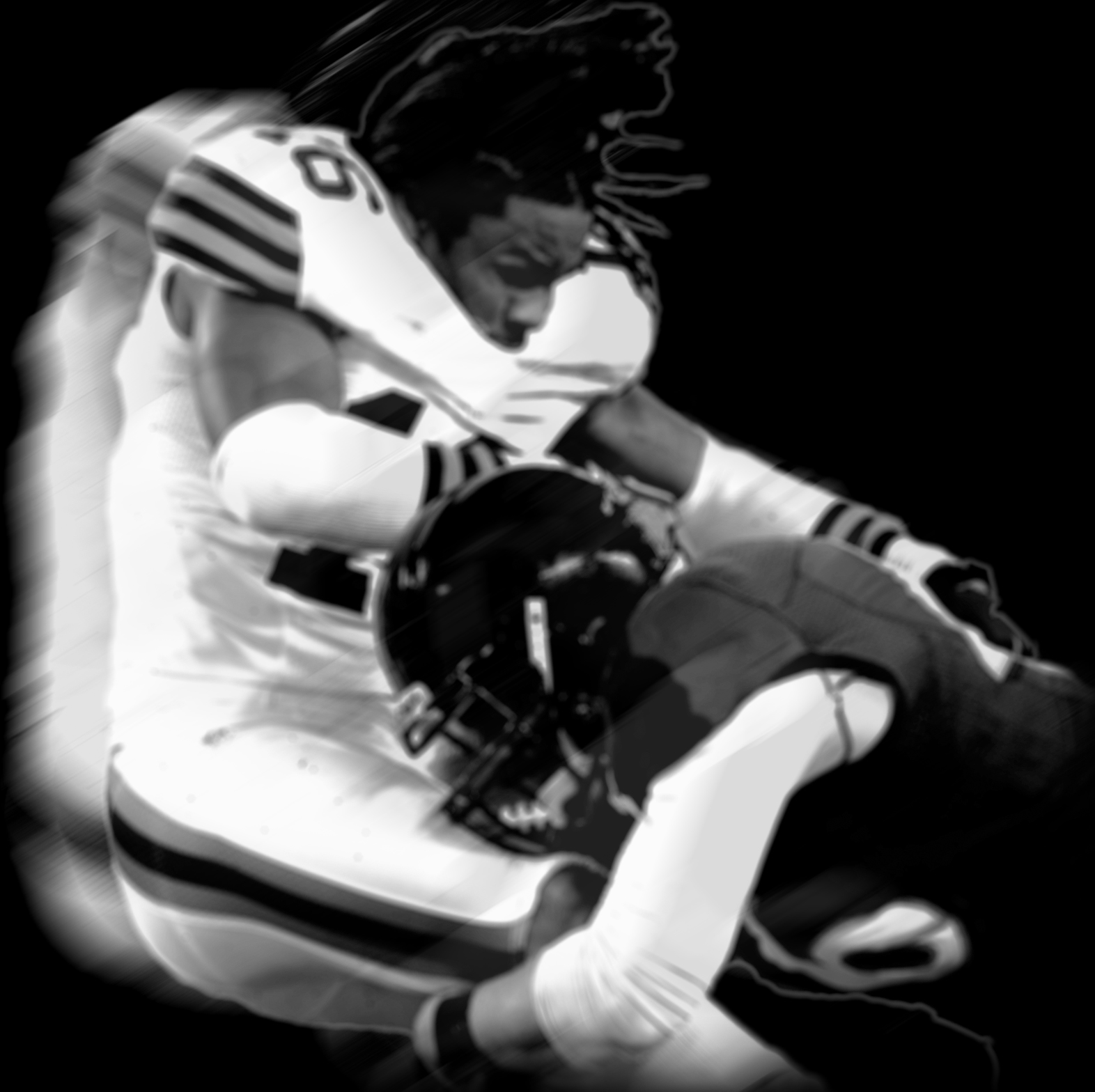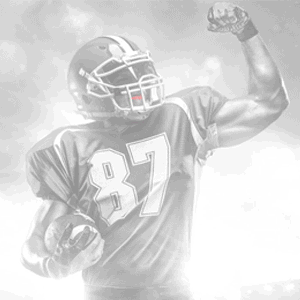Determining The Strike Zone: The Biggest Issue In Contact Sports

 In week 6 of the NFL regular season, Green Bay Packers’ wide receiver Randall Cobb left the game against Baltimore with a knee injury, after Ravens safety Matt Elam hit Cobb low. Cobb went on injured reserve for more than two months.
In week 6 of the NFL regular season, Green Bay Packers’ wide receiver Randall Cobb left the game against Baltimore with a knee injury, after Ravens safety Matt Elam hit Cobb low. Cobb went on injured reserve for more than two months.
In week 14, Cleveland Browns’ safety T.J. Ward went for a hit on New England Patriots’ tight end Rob Gronkowski during a play. The hit ended Gronkowski’s season with a knee injury — torn ACL and MCL.
Neither Ward nor Elam did anything wrong. In fact, both of their hits were 100 percent legal, according to the National Football League. But should they be?
Hitting is one of the biggest topics in sports today, as the debate over legal body contact grows louder and louder. While most of the attention is directed at football — with injuries to high profile players seemingly increasing — this is an issue that directly affects ice hockey, lacrosse and other contact sports as well, as leagues from pee wee to the pros attempt to define a legal strike (or hit) zone.
It’s no surprise that league officials — from the NFL to the NHL to the NLL and MLL, all the way to college and high school — have made a strong attempt to limit the amount of contact an athlete takes to the head. But have the limits to the types of hits and the areas of contact allowed caused larger problems?
There is no question that high hits need to be limited; the dangers are simply too great and, as we’ve seen with former NFL players (and now former NHL players), potentially life-long. Protecting athletes should remain a major concern for all governing bodies and coaches, and stiff penalties and restrictions need to be enforced. However, due to the changes and fines being issued, contact sports have been experiencing a trend toward lower and just as dangerous hits.
Again, the hits that injured Cobb and Gronkowski were perfectly legal; but they’re becoming more and more common, as players don’t want to hurt their teams or their wallets with penalties and fines. That’s why defensive players like Ward and Elam see little choice but to take a significantly lower point of contact.
The result is a large number of knee injuries, which has taken many star athletes off the field for months at a time, diminishing the product on the field. And while a knee injury is no longer a career-ender, the lasting effects are still significant.
The problem doesn’t just pertain to lower hits. NHL players facing large and numerous fines are starting to hesitate and think twice before making contact. While that may sound like a solution, many times this results in the wrong play or injury. As the mantra goes, “when you hesitate, you get hurt.” When players hesitate, they put themselves in a dangerous position.
There’s also the issue of overzealous refereeing, as officials are being told to be overly cautious. That’s resulting in fines, flags and penalties for accidental high contact or contact that simply appears to be too high, leaving players with a poor taste in their mouths and forcing them to shy away from contact. And that is threatening the integrity of all contact sports.
The area between the knees and shoulders is a large area, but it certainly adds a degree of difficulty for defenders trying to make proper contact. Especially with the speed and intensity of today’s games, and with athletes making split-second decisions, aiming for the torso is a challenge. But thinking that it’s better to go too low than too high, is simply a recipe for disaster.
Of course, not all disasters are easily avoided; injuries are just an unfortunate part of contact sports. But you do have the ability to help protect your players from injuries, whether it’s teaching them proper techniques or providing them with the right equipment. And when you’re assigned a Program Coordinator that handles the equipment ordering process for your entire team, you have the time you need to teach your athletes how to hit the strike zone.
Contact may hurt, but helping protect your players doesn’t with custom mouthguards from Gladiator, the industry-leader in custom mouthguards.






